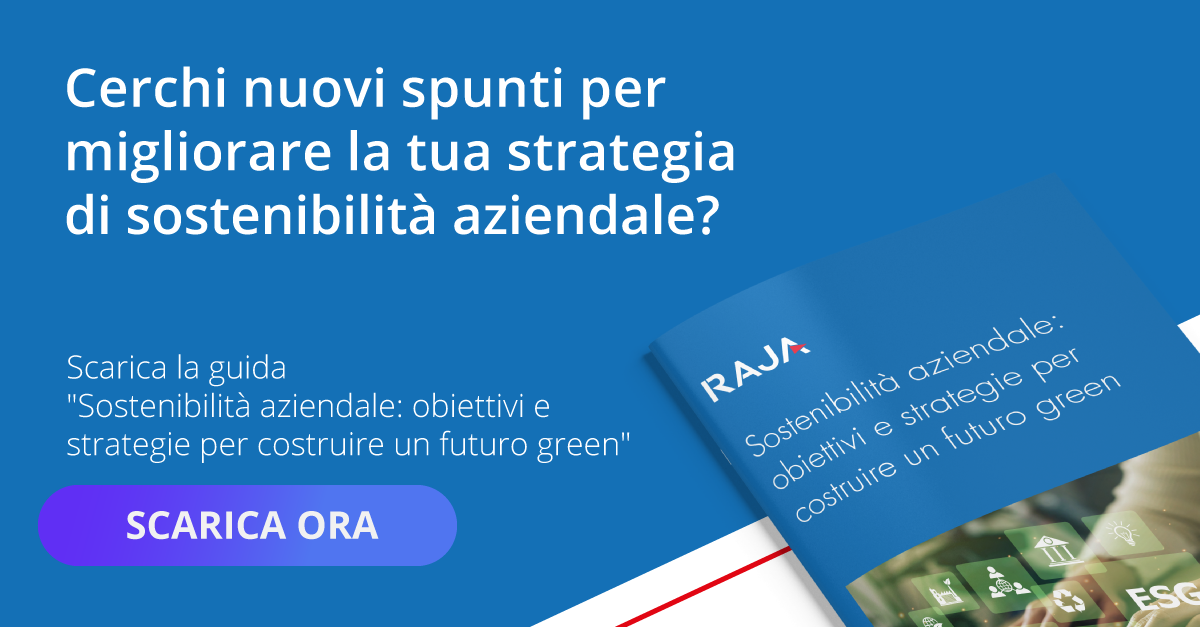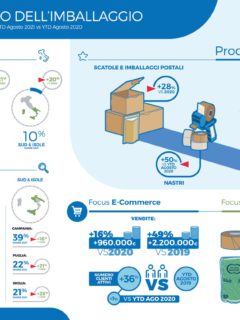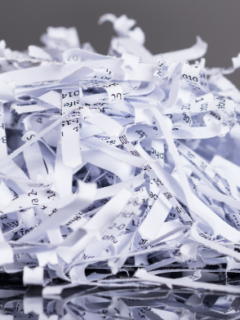L’circular economy is a model of production and consumption that aims to reduce minimise waste and consumption of resources.
Unlike the linear economy, which is based on the ‘produce, use and throw-away’ scheme, the circular economy focuses on the ‘reuse, repair, renewal and recycling’ of materials and products for as long as possible.
This approach not only conserves natural resources, but also significantly reduces environmental impact, contributing to a more sustainable future. more sustainable future.
Circular economy in Italy: an innovative approach
In Italy, the adoption of the circular economy is rapidly increasingwith numerous initiatives and policies aimed at promoting this model by investing in technologies and strategies that favour the re-use and recycling.
This step represents not only a commitment to environmental sustainability, but also asignificant economic opportunitystimulating innovation and creating new jobs in key sectors such as renewable energy, recycling and sustainable design.
The glass cycle: a virtuous example of circular economy
A virtuous example in the circular economy landscape is the glass cycle. Glass is one of the most sustainable materials, as it can be endlessly recycled without losing quality or purity.
In Italy, the collection and recycling of glass are excellent examples of how the circular economy can be successfully implemented. Collected glass bottles and containers are melted and reformed into new products, reducing the need for raw material extraction and decreasing the environmental impact.
In Italy, the separate collection of glass is very widespread and efficient. Bottles, jars and other glass containers are collected separately and then transported to treatment plants, where they are cleaned and classified by colour. Next, the glass is shattered and melted to be made into new objects. This cycle can repeat itself indefinitely, ensuring efficient use of resources. In fact, the production of new glass products from recycled raw material ensures a reduction
- of greenhouse gas emissions
- of energy consumption;
- carbon dioxide emissions.
The glass cycle in Italy is a prime example of how the circular economy can be successfully implemented. Through the effective collection, recycling e reuse of glass, Italy is demonstrating how it is possible to operate sustainably, protecting the environment and saving valuable resources for future generations.
Other examples of circular economy
The glass cycle, however, is not the only example of circular economy, let’s look at other practical examples that are being implemented globally:
- Collection of plastic bottles. In many countries, there are collection schemes for plastic bottles that allow consumers to return empty bottles and receive a small refund in return. This system encourages the collection and recycling of plastic bottles, reducing waste and promoting material reuse.
- Upcycling of textiles and clothing. Many companies in the fashion industry are adopting upcycling practices, turning discarded textiles or used clothing into new fashion products. This process not only reduces textile waste but also promotes more responsible consumption in the fashion industry.
- Energy production from waste. Some cities have implemented plants that transform waste into energy. These plants convert waste that would otherwise end up in landfills into usable energy, reducing environmental impact and providing a renewable energy source.
- Regenerative agriculture. This approach to agriculture focuses on soil health and the sustainable use of resources. Practices include composting organic waste to nourish the soil and using farming systems that mimic natural ecosystems, reducing the need for chemical fertilisers and pesticides.
- Water reuse in industries. Some industries are adopting systems that allow the reuse and recycling of water within their production processes. This not only reduces the consumption of fresh water but also minimises the release of waste water into the environment.
- Products with reusable packaging. Some companies are introducing reusable packaging for their products, such as food and beverage containers that can be returned, cleaned and reused, reducing dependence on single-use packaging.
The importance of the circular economy for the future
L’circular economy is not just a trend, but a necessity to ensure a sustainable future. This model requires a change in the way societies and industries operate to move from excessive consumption and waste of resources to a virtuous circle of reuse and sustainability. Adopting the circular economy means investing in a future where natural resources, the environment and quality of life are preserved for future generations.















